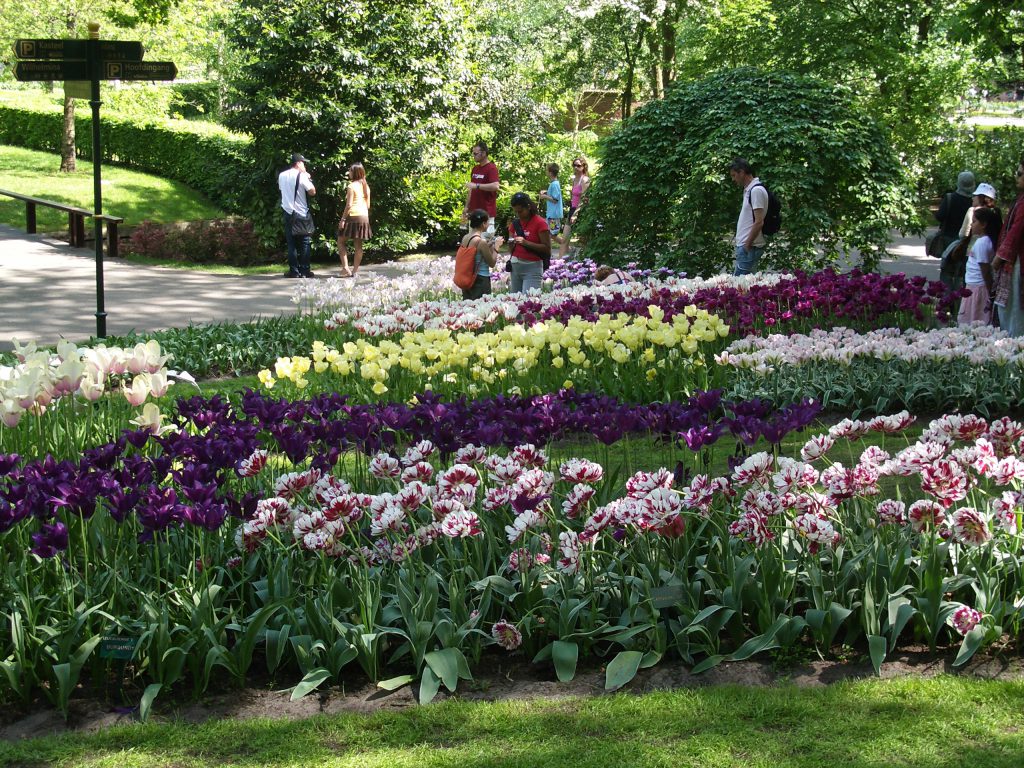Let me regale you with the captivating tale of how Keukenhof bloomed into one of the world’s most magnificent gardens – a story that’s as colorful as the tulip fields themselves!
Once upon a time, in the heart of the Netherlands, there existed a humble hunting ground called Keukenhof, which translates to “Kitchen Garden” in English. But this wasn’t just any garden; it was a place of beauty and wonder, hidden away from the world like a well-kept secret.
Legend has it that Keukenhof began its transformation in the mid-20th century, when a group of visionary individuals came together with a bold idea – to create a garden unlike any other, a place where the vibrant colors of spring would burst forth in all their glory.

And so, the story of Keukenhof’s metamorphosis began. The grounds were meticulously landscaped, with winding paths and serene lakes weaving their way through lush greenery. But the true stars of the show were the tulips – thousands upon thousands of them, in every imaginable hue and variety, stretching as far as the eye could see.
But here’s where the tale takes an unexpected turn. You see, Keukenhof wasn’t just a garden; it was a symbol of hope and renewal in the aftermath of World War II. In those dark and troubled times, the Dutch people found solace in the simple beauty of a flower – a reminder that even in the darkest of times, life goes on, and beauty will always find a way to bloom.

And bloom it did! Over the years, Keukenhof grew into a world-renowned destination, attracting visitors from every corner of the globe. Artists, poets, and dreamers alike flocked to its gates, seeking inspiration amidst the sea of tulips and the fragrance of blooming flowers.
Today, Keukenhof stands as a testament to the enduring power of nature and the human spirit – a place where dreams take flight amidst a kaleidoscope of colors. So, the next time you find yourself wandering the enchanting pathways of Keukenhof, remember the fascinating story behind this place – a story of resilience, beauty, and the eternal promise of spring.


Leave a Reply